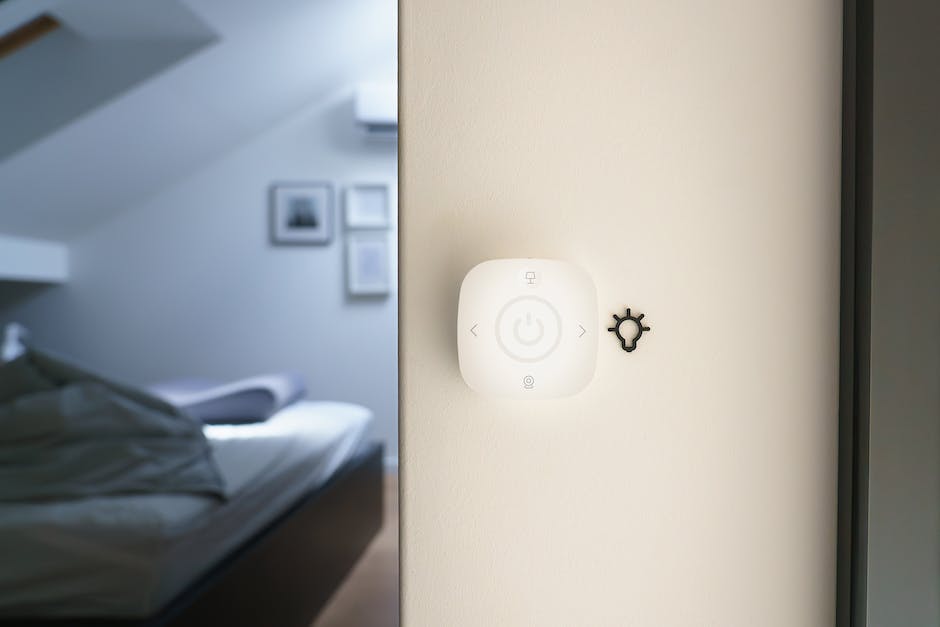Are you curious about how various IoT devices seamlessly connect and communicate with each other? The answer lies in IoT standards that ensure interoperability and smooth connectivity. In this article, we’ll delve into the world of IoT standards, exploring their significance and understanding why they play a crucial role in the successful implementation of IoT solutions. Let’s find out in detail in the article below.
The Significance of IoT Standards
1. Ensuring Interoperability
One of the most significant reasons why IoT standards are crucial is because they ensure interoperability between various IoT devices. Interoperability refers to the ability of different devices, platforms, and systems to connect and communicate with each other seamlessly. Without IoT standards, there would be a lack of compatibility between devices, making it challenging for them to exchange data and work together effectively.
IoT standards define the protocols, communication methods, and data formats that IoT devices should adhere to. These standards enable devices from different manufacturers to work harmoniously by establishing a common language for communication and data exchange.
For example, if you have a smart home with devices from multiple manufacturers, such as lights, thermostats, and security systems, IoT standards ensure that these devices can communicate with each other regardless of their brand or model. This interoperability not only enhances the user experience but also allows for the creation of more innovative and comprehensive IoT solutions.
2. Facilitating Connectivity
IoT standards play a vital role in facilitating connectivity between IoT devices and networks. These standards define the wireless protocols and connectivity technologies that IoT devices should adopt, such as Wi-Fi, Bluetooth, Zigbee, and cellular networks.
By adhering to IoT standards, devices can seamlessly connect to the internet and share data with other devices or cloud platforms. This connectivity enables real-time monitoring, remote control, and data analytics, empowering businesses and individuals to make informed decisions and automate processes.
Furthermore, IoT standards ensure that devices can connect to multiple networks without any compatibility issues. For example, a smart meter installed in a building should be able to connect to the building’s local network as well as the utility company’s network. IoT standards guarantee that devices can communicate and exchange data across different networks smoothly.
3. Promoting Scalability and Flexibility
IoT standards also promote scalability and flexibility in IoT deployments. With the rapid growth of IoT, thousands or even millions of devices may be connected to a network or deployed in a particular environment.
IoT standards provide a framework and guidelines for managing large-scale deployments effectively. They define how devices should be provisioned, registered, managed, and updated, ensuring that these processes can be easily scaled without causing disruptions or compatibility issues.
Moreover, IoT standards enable flexibility by allowing organizations to choose from a wide range of devices, platforms, and solutions. When IoT solutions adhere to standards, businesses have the freedom to select the IoT devices and technologies that best suit their specific requirements. This flexibility fosters innovation and competition in the IoT market, ultimately driving the development of more advanced and diverse IoT solutions.
IoT Standard Organizations
1. IEEE
The Institute of Electrical and Electronics Engineers (IEEE) is one of the leading organizations responsible for developing IoT standards. IEEE has established various standards related to IoT, including IEEE 802.15.4 for low-power wireless communication, IEEE 802.11 for Wi-Fi, and IEEE 802.3 for Ethernet.
IEEE standards are widely recognized and adopted in the industry, ensuring interoperability and connectivity among IoT devices and networks.
2. ISO/IEC
The International Organization for Standardization (ISO) and the International Electrotechnical Commission (IEC) collaborate to develop international standards for IoT. ISO/IEC standards cover various aspects of IoT, such as data interchange, security, and system architecture.
These standards provide a global framework for IoT implementation, enabling seamless integration of devices and systems across different countries and regions.
3. Industrial Internet Consortium
The Industrial Internet Consortium (IIC) is another prominent organization that focuses on developing IoT standards. The IIC has developed the Industrial Internet Reference Architecture (IIRA), which provides a foundation for designing interoperable and secure industrial IoT systems.
Furthermore, the IIC collaborates with other standard development organizations to define the requirements and specifications for IoT solutions in industries such as healthcare, manufacturing, and transportation.
Conclusion
IoT standards are essential for ensuring seamless connectivity and interoperability between IoT devices. These standards enable devices from different manufacturers to work together effectively, facilitate connectivity to networks, promote scalability and flexibility, and drive innovation in the IoT market.
By adopting and adhering to IoT standards, businesses and individuals can leverage the full potential of IoT solutions and create a connected ecosystem where devices can seamlessly communicate and exchange data.
Additional Information
1. IoT standards ensure compatibility and interoperability between devices, allowing them to communicate and exchange data seamlessly.
2. These standards define the protocols and communication methods that IoT devices should follow, enabling devices from different manufacturers to work harmoniously.
3. IoT standards facilitate connectivity by defining the wireless protocols and technologies that devices should use, enabling real-time monitoring and data sharing.
4. These standards promote scalability by providing guidelines for managing large-scale IoT deployments without compatibility issues.
5. IoT standards also foster flexibility by allowing organizations to choose from a wide range of devices and technologies that best suit their needs.

